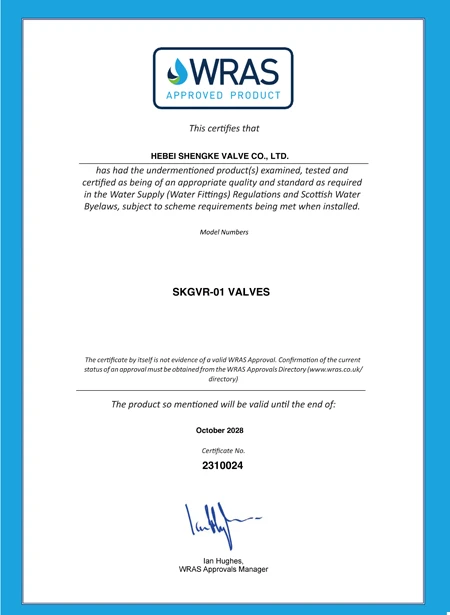Nov . 12, 2024 05:55 Back to list
gate valve
Understanding Gate Valves Function, Types, and Applications
Gate valves are a critical component in various industrial and domestic plumbing applications. They serve as devices that start or stop the flow of fluids but do not regulate the flow, making them ideal for on-off service. Unlike other types of valves, gate valves provide a straight-line flow path and minimal pressure drop when fully opened. This article explores the mechanism, types, advantages, and applications of gate valves.
Mechanism of Operation
Gate valves operate using a simple mechanism. The critical component of a gate valve is the gate, which is a wedge-shaped metal piece that descends into the flow path when the valve is closed. When the handle or actuator is turned, the gate moves upward, allowing fluid to flow freely. The design ensures that when fully opened, there is minimal turbulence, leading to efficient fluid transfer.
The most common gate valve designs are rising stem and non-rising stem configurations. In rising stem gate valves, the stem rises above the actuating mechanism as the valve opens, providing a visual indication of its position. Conversely, with non-rising stem gate valves, the stem does not protrude, making them suitable for applications with height restrictions.
Types of Gate Valves
Gate valves come in various designs to suit different needs. The two most common types are
1. Solid Wedge Gate Valves Featuring a single, solid gate, these valves are robust and can seal tightly against pressure. They are widely used in high-pressure applications but may be susceptible to vibration and can get stuck if sediment builds up around the gate.
2. Flexible Wedge Gate Valves This type has a split design that allows the gate to flex, offering better sealing under varying pressures. Flexible wedge valves are advantageous in systems where the flow might reverse or where thermal expansion could affect operation.
gate valve

Advantages of Gate Valves
Gate valves offer several benefits that make them a preferred choice in many applications. Firstly, they provide a full flow area when open, minimizing pressure loss and allowing for efficient fluid transmission. Secondly, they have low operating torque compared to other valve types, making them easier to operate, especially in larger sizes.
Additionally, gate valves can operate in both directions, making them versatile for various installations. Their design ensures minimal leakage when closed, which is crucial in preventing fluid loss and maintaining system integrity. Lastly, gate valves are generally durable, with the ability to withstand high pressures and aggressive media, making them suitable for a wide range of industrial applications.
Applications of Gate Valves
Gate valves find extensive use in several sectors including
- Water Supply and Distribution They are commonly used in water treatment facilities, municipal water systems, and irrigation systems to control the flow of water. - Oil and Gas Industry Due to their ability to handle high pressures and corrosive substances, gate valves are essential in pipelines, refineries, and storage facilities.
- Power Generation They are employed in steam and cooling systems, where reliable flow control is paramount.
- Chemical Processing In chemical plants, gate valves are used to manage the flow of various liquids and gases, ensuring safe and efficient operations.
In conclusion, gate valves play a vital role in fluid control across various industries. Their design offers numerous advantages, such as low-pressure loss, easy operation, and durability, making them an indispensable tool in modern infrastructure. Understanding gate valves' mechanisms and applications is essential for professionals in engineering and plumbing fields to ensure the efficient and safe operation of fluid systems.
Share
-
Reliable Wafer Type Butterfly Valves for Every IndustryNewsJul.25,2025
-
Reliable Flow Control Begins with the Right Ball Check ValveNewsJul.25,2025
-
Precision Flow Control Starts with Quality ValvesNewsJul.25,2025
-
Industrial Flow Control ReliabilityNewsJul.25,2025
-
Engineered for Efficiency Gate Valves That Power Industrial PerformanceNewsJul.25,2025
-
Empowering Infrastructure Through Quality ManufacturingNewsJul.25,2025